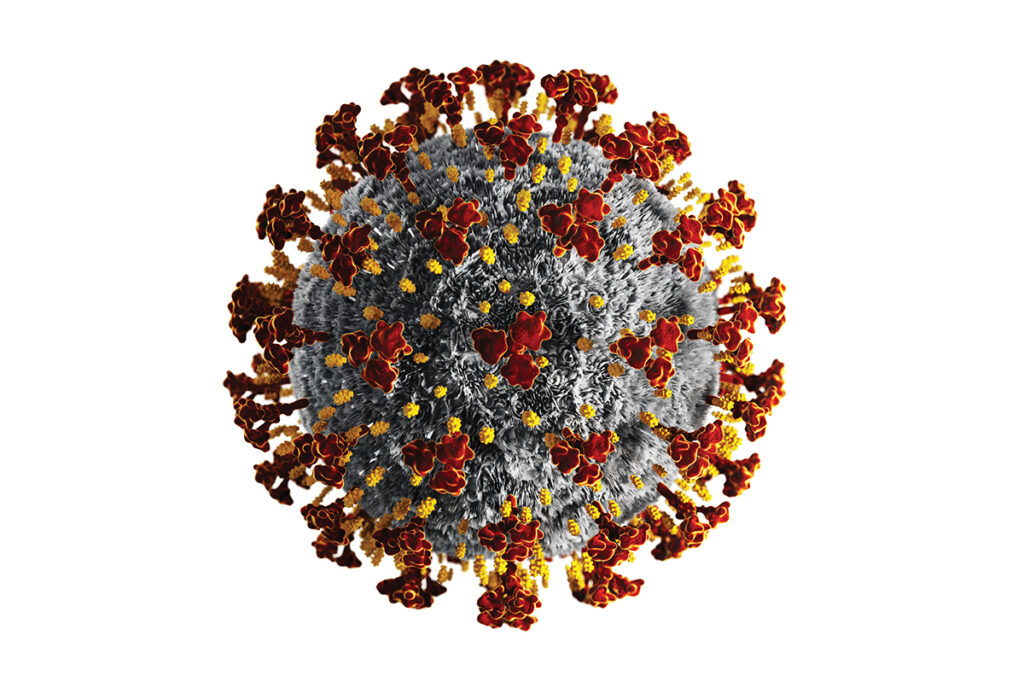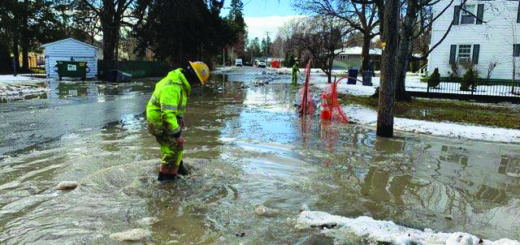COVID-19 quarantine guidelines altered
By Lyndsie Kiebert-Carey
Reader Staff
The Centers for Disease Control and Prevention announced new coronavirus guidelines Dec. 27, stating that individuals carrying asymptomatic cases of COVID-19 can shorten their isolation period from 10 to five days.
According to the Associated Press, health officials said that the change is in “keeping with growing evidence that people with the coronavirus are most infectious in the two days before and three days after symptoms develop.”
The change comes as cases rise due to the omicron variant, which, while appearing to be extremely contagious, “may cause milder illnesses than earlier versions of the coronavirus,” the AP reported. However, also according to the AP: “[T]he sheer number of people becoming infected — and therefore having to isolate or quarantine — threatens to crush the ability of hospitals, airlines and other businesses to stay open, experts say.”
Those who develop symptoms while positive for COVID-19 are still encouraged to follow previous isolation guidelines.
Under the new protocol, asymptomatic people are able to resume regular activities — while wearing a mask — five days after testing positive. Another CDC guideline change applies to people who have close contact with someone who tested positive for the virus: unvaccinated people and those who have not yet had a booster shot are asked to quarantine for five days following contact, and can then resume activities but wear a mask for five days after that. Only those who have received a booster dose of the COVID-19 vaccine are exempt from quarantine, the CDC stated.
Some health officials are calling the changes “reckless,” according to a PBS report. Critics point to the lack of a negative test requirement to exit isolation as particularly dangerous. The CDC likely did not include this requirement, PBS reported, because rapid at-home tests are difficult to come by amid the busy holiday travel season.









 Coming up this week! Don’t miss Live Music, the Summer Sampler, the Art Party, Monarch Grind, the Sandpoint Renaissance Faire, and more! See the full list of events in the
Coming up this week! Don’t miss Live Music, the Summer Sampler, the Art Party, Monarch Grind, the Sandpoint Renaissance Faire, and more! See the full list of events in the 